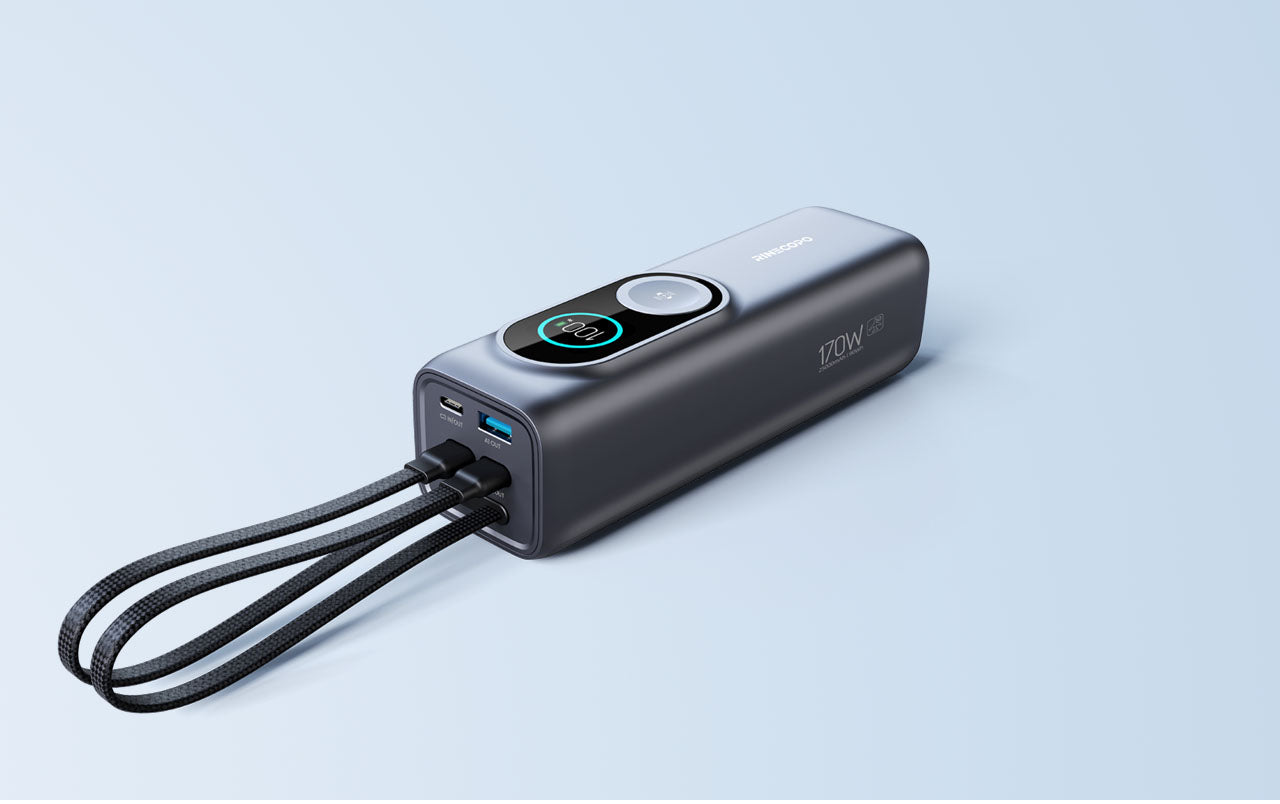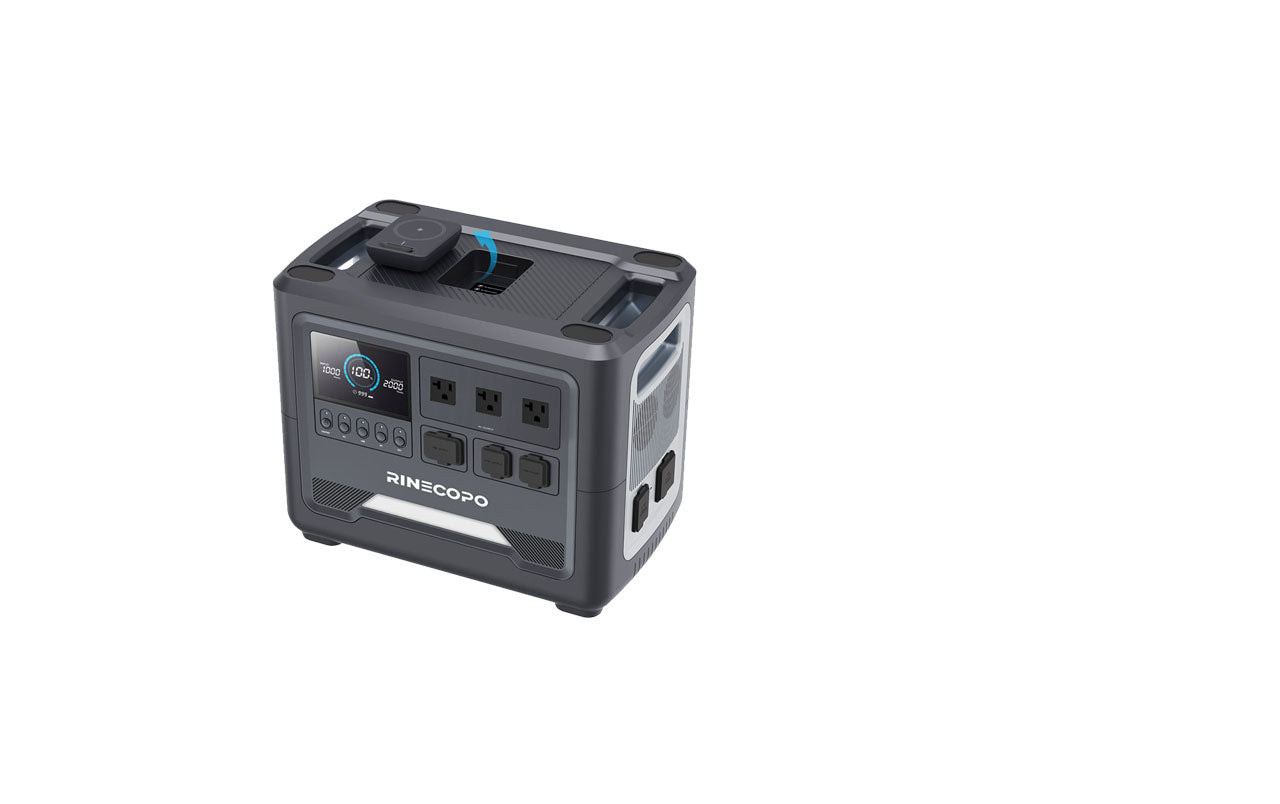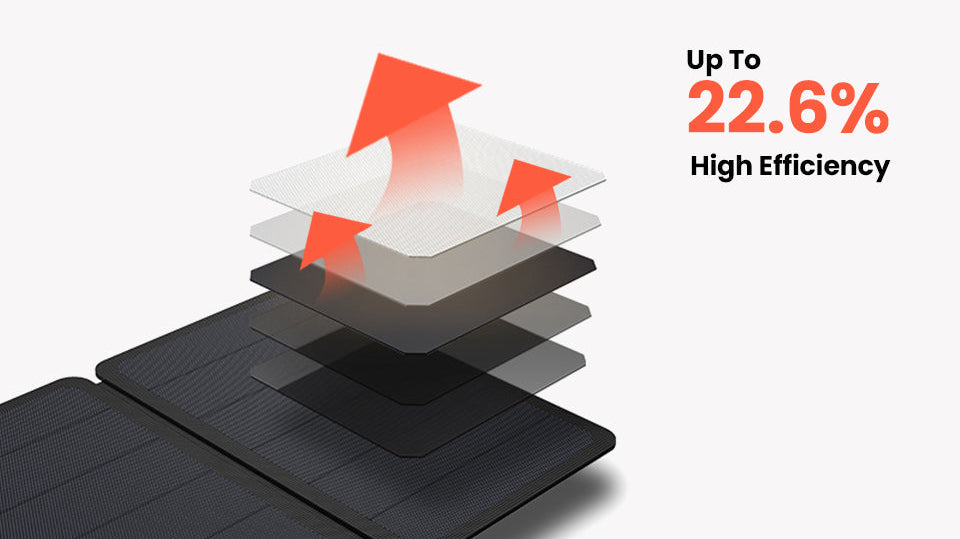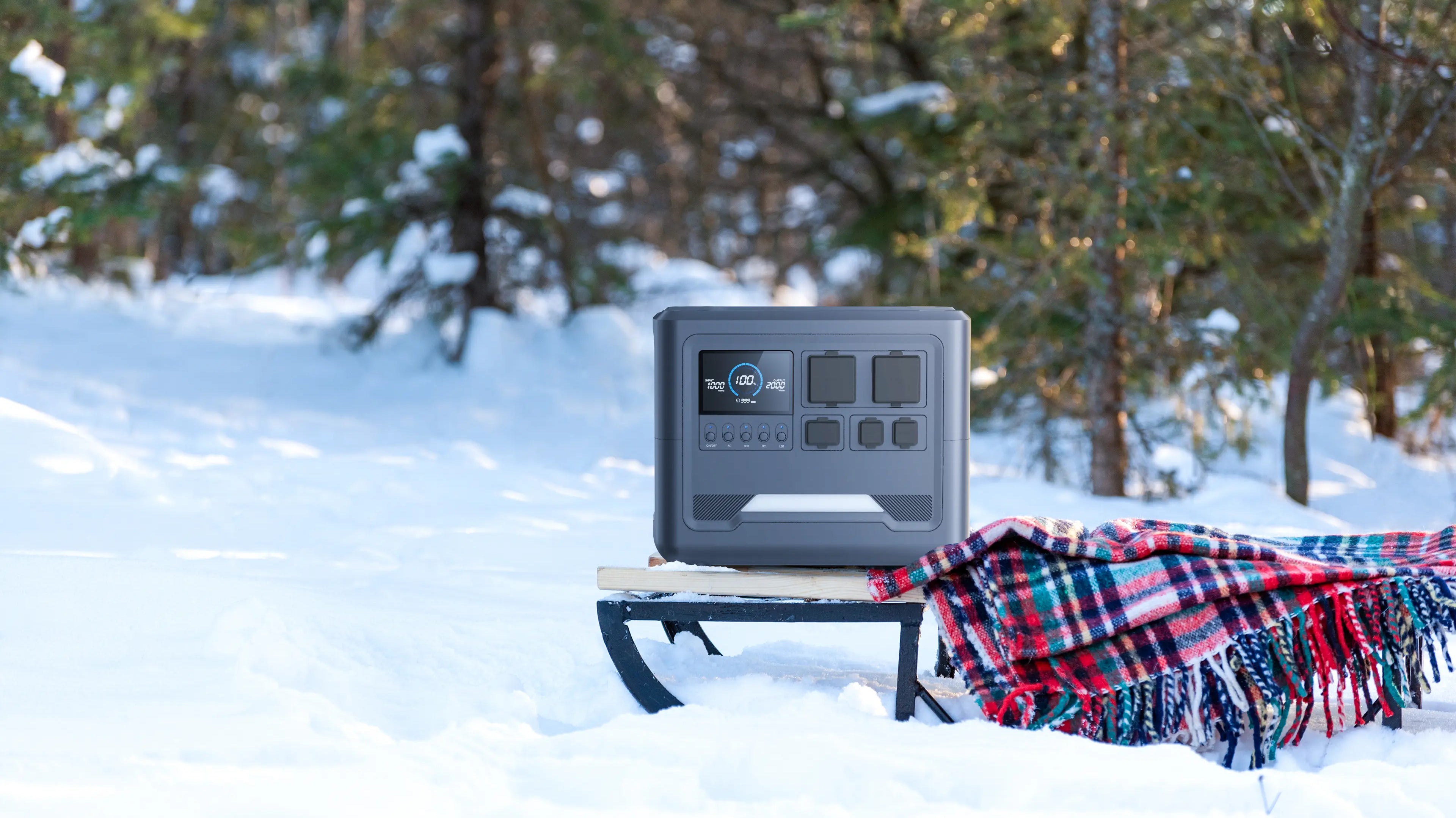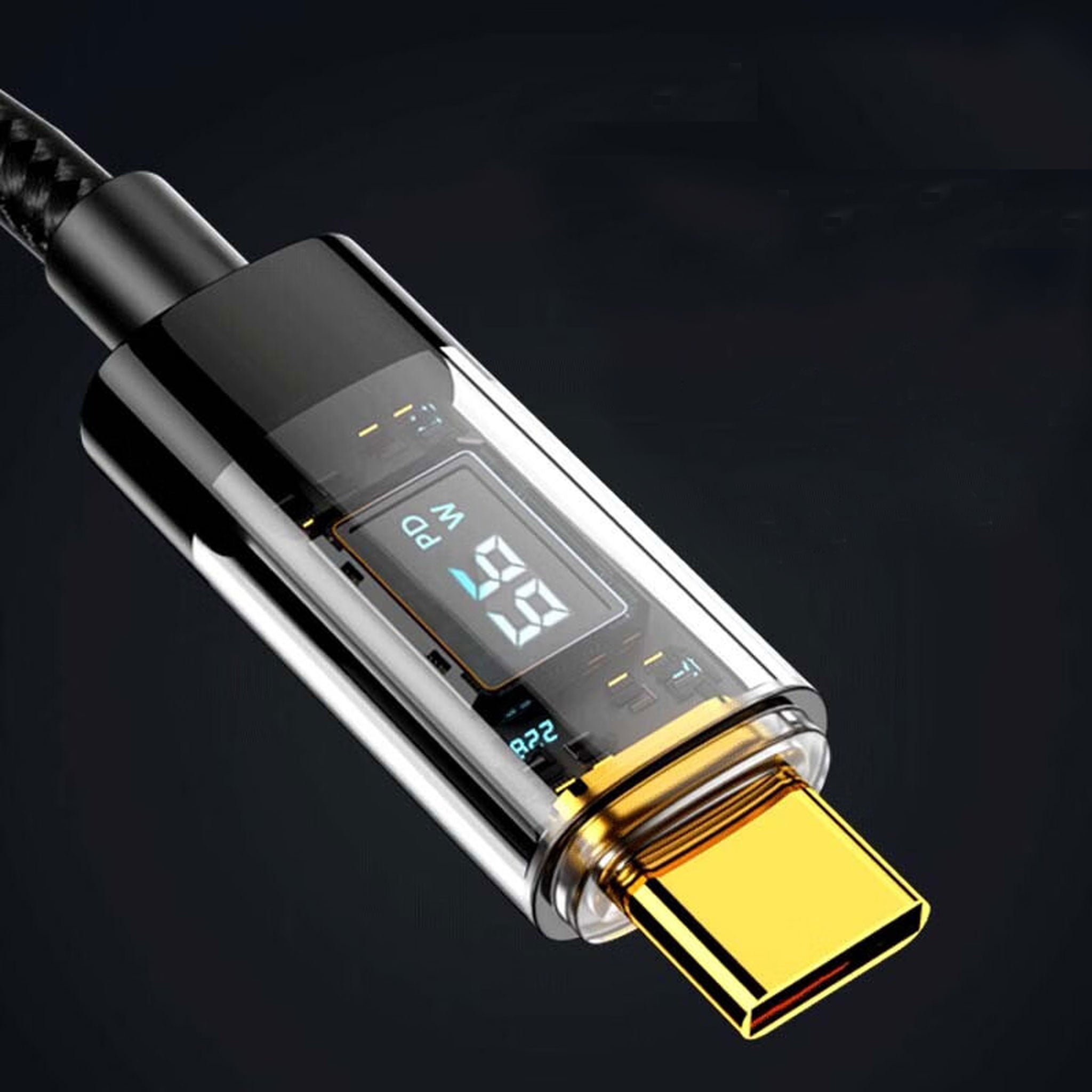
In today’s tech-driven world, charging cables are more than just simple accessories—they’re essential tools. Most come with detachable USB cables and power adapters. While most smartphones include a compatible cable out of the box, losing it or wearing it out is common. That’s when finding the right replacement cable becomes crucial. So, how do you make sure you pick the perfect one?
Before buying, first confirm the cable is compatible with your device. Beyond compatibility, there are five key factors to consider:
1. Cable Length
Long cables give you flexibility, whether you’re charging across the room or at your desk. But too long a cable can be bulky and tricky to store. Pick a length that balances reach and portability. At home or in the car, a longer cable is convenient. On the go, a shorter cable may be easier to manage.
2. Power Capacity & Fast Charging
Time is valuable, and fast charging is a must for many. Along with a high-wattage adapter, make sure your cable supports fast charging. The cable carries power from your adapter to your device, so a high-quality fast charging cable can drastically cut your charging time. Always check product specifications to get the best performance.
3. Build Quality & Durability
Frequent bending or twisting can wear down a cable, slowing charging and shortening its lifespan. Durable materials and sturdy construction save you money and reduce waste. Cheap cables often use thin wires that can’t handle long-term use. Thicker cables are stronger and transfer data and power more efficiently.
4. Price
Price matters. While charging cables are generally affordable, length, thickness, material, and brand can affect cost. In most cases, spending a bit more means better quality. Investing in a premium cable pays off in reliability and performance.
5. Brand & Warranty
When buying for long-term use, choose a reputable brand that offers a warranty. If something goes wrong, you’ll have peace of mind. Whether shopping online or in-store, trusted brands are the safest bet. RINECOPO is a reliable alternative to original manufacturer cables, providing high-quality options for every device.
Featured Cable: RINECOPO USB-C to USB-C Cable (6′7″, 100W, Upgraded Braided)
Looking for a high-performance, durable cable that supports fast charging? The RINECOPO USB-C to USB-C Cable (6′7″, 100W, Upgraded Braided) is the perfect choice. Delivering up to 100W of power, it quickly charges laptops, tablets, and smartphones, getting your devices up to full in no time.
The upgraded braided design is tough, wear-resistant, and built to withstand everyday bending and pulling. At 6′7″, it offers plenty of flexibility for home or office use while staying easy to store. Compatible with all USB-C devices, it’s ideal for anyone who values speed, reliability, and durability.
Conclusion
Choosing the right charging cable ensures your devices charge safely and efficiently while saving you time and money. Keep in mind cable length, fast charging capability, durability, price, and brand reputation when making your choice.
For dependable, high-quality cables, RINECOPO is your go-to brand. We offer cables for Apple and Android devices, smartwatches, and more. Visit the RINECOPO website today to find the perfect charging solution for your needs.
Recent Posts
Blog Tags
Top Solar Panel Efficiency Tips: How to Get the Most Out of Your Solar System
By optimizing your panel angles, keeping surfaces clean, improving cooling and wiring, and adding battery storage, you can maximize your solar energy output and enjoy more reliable, sustainable power every day.
Why Some USB-C Cables Don’t Work — And How to Fix It
One of the most common causes of cable failure is simple wear and tear. Constant bending, twisting, or yanking can break the internal wires, leading to unstable connections or total failure.
Signs of cable damage include:
-
Frayed or exposed wires
-
Loose or bent connectors
-
Intermittent charging or data loss
If you notice any of these symptoms, replace the cable immediately.
Cold-Weather Power Guide: How to Use Your Portable Power Station Safely in Winter
Why Cold Temperatures Affect Battery Performance
Most portable power stations use lithium-ion or LiFePO₄ batteries, both of which rely on chemical reactions to store and release energy. When temperatures drop below freezing, those chemical reactions slow down, leading to:
-
Reduced charging efficiency
-
Shortened runtime
-
Slower power output
-
Possible cell damage if charged below 32°F (0°C)
In other words, your power station’s battery isn’t “broken”—it’s just cold. Keeping it within its recommended temperature range (usually between 32°F and 104°F / 0°C–40°C) helps maintain performance and lifespan.
